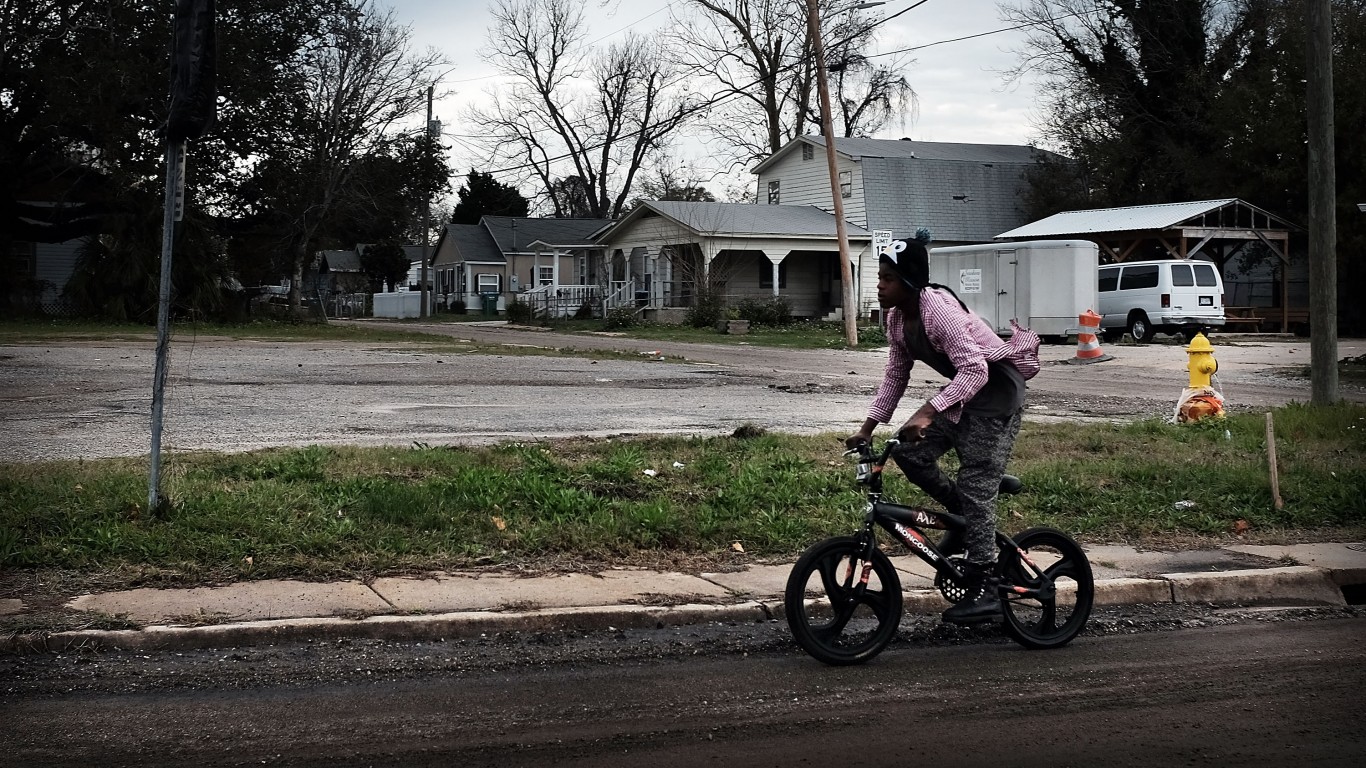
Economic measures such as gross domestic product or gross national income are often used to rank the level of development in a country or state. Yet these measures do not reveal much about the well-being of the population.
According to the Human Development Index (HDI) created by the United Nations, one way to assess the development of an area is to consider the well-being of its population. This index comprises three measures of well-being: education, standard of living and life expectancy.
24/7 Wall St. created its own index using the HDI model in order to rank the best and worst states to live in. Our index consists of three measures: life expectancy at birth, bachelor’s degree attainment and poverty rate. Life expectancy at birth is from the 2020 County Health Rankings & Roadmaps, a Robert Wood Johnson Foundation and the University of Wisconsin Population Health Institute joint program, and is based on data from the years 2016 to 2018. Poverty rates and bachelor’s degree attainment rates came from the U.S. Census Bureau’s 2019 American Community Survey.
After ranking all 50 states, geographic patterns began to emerge. The states in the Northeastern part of the country tend to rank toward the top of the list, while nearly all the worst states to live in are in the South, including the worst.
Education, life expectancy and poverty rate are all connected. Americans with higher educational attainment tend to live longer, healthier lives and have a smaller chance of living in poverty. More and more American adults are becoming college educated, though this growth has been uneven. Some states have a bachelor’s degree attainment rate of more than 40%, while in others the rate is less than 25%.
Mississippi ranks as the worst state to live in. Its population change between 2010 and 2019 was only 0.2%, which is the smallest in the country. The state’s 2019 unemployment rate was 5.4%, the second highest among all states.
Because of Mississippi’s comparatively poor socioeconomic and health conditions, the state ranks as the worst in which to live. No state has a higher share of residents living in poverty than Mississippi, at 19.6%. It also has the lowest median household income of any state by thousands of dollars, as the typical household earns less than $46,000 annually. Nationwide, the typical household earns $65,712 annually.
Health and economic status are closely linked, and Mississippians have some of the worst health outcomes in the country. The life expectancy at birth in the state is 74.9 years, which is lower than all states but West Virginia. The American life expectancy at birth is 79.1 years. Mississippi is also one of just three states where fewer than one-quarter of its adult residents 25 and older hold at least a bachelor’s degree.
Click here to find the 50 states ranked by liveability
Click here for 24/7 Wall St.’s detailed methodology
Get Ready To Retire (Sponsored)
Start by taking a quick retirement quiz from SmartAsset that will match you with up to 3 financial advisors that serve your area and beyond in 5 minutes, or less.
Each advisor has been vetted by SmartAsset and is held to a fiduciary standard to act in your best interests.
Here’s how it works:
1. Answer SmartAsset advisor match quiz
2. Review your pre-screened matches at your leisure. Check out the advisors’ profiles.
3. Speak with advisors at no cost to you. Have an introductory call on the phone or introduction in person and choose whom to work with in the future
Thank you for reading! Have some feedback for us?
Contact the 24/7 Wall St. editorial team.
 24/7 Wall St.
24/7 Wall St.


